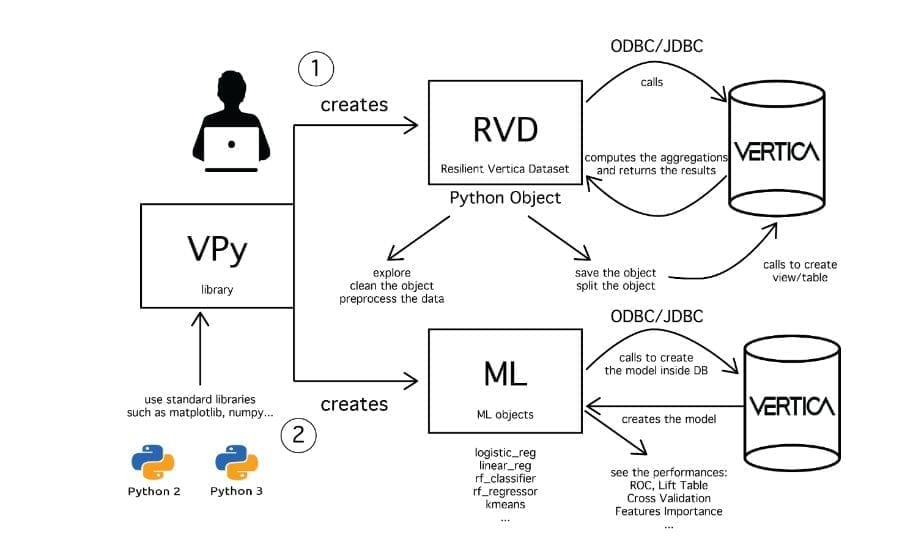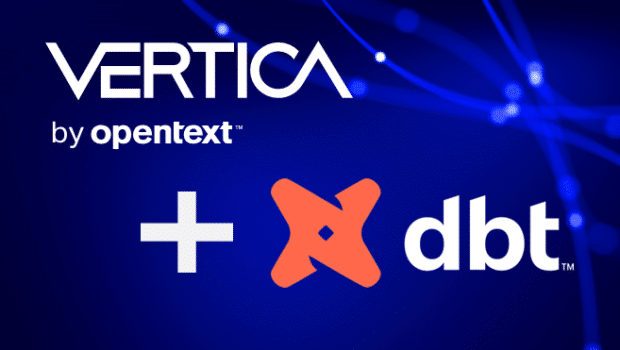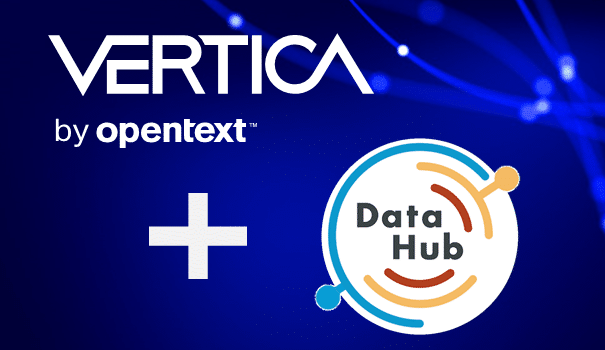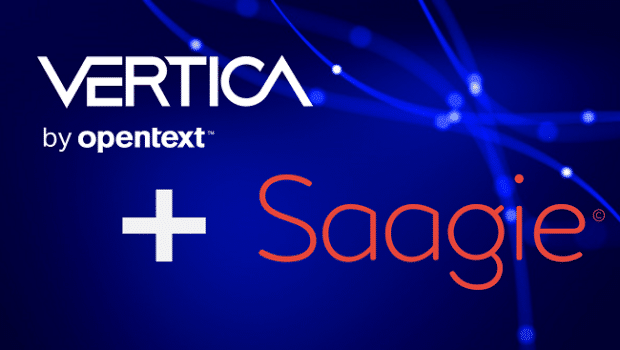
 For more information, see the full documentation on GitHub.
For more information, see the full documentation on GitHub.

Amrita Akshay, Information Developer
August 25, 2023

Amrita Akshay, Information Developer
August 21, 2023

Unlock the Potential of Machine Learning in Vertica with Saagie: Automating your ML Pipeline
Amrita Akshay, Information Developer
July 13, 2023

Unlock the Potential of Machine Learning in Vertica with Qwak: Optimizing Data and MLOPs
Amrita Akshay, Information Developer
June 26, 2023